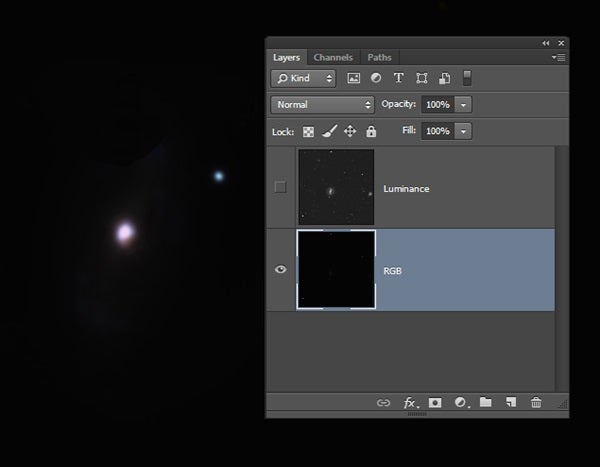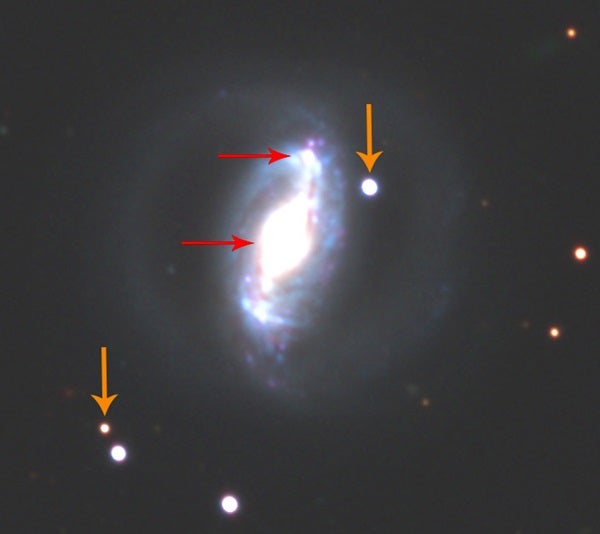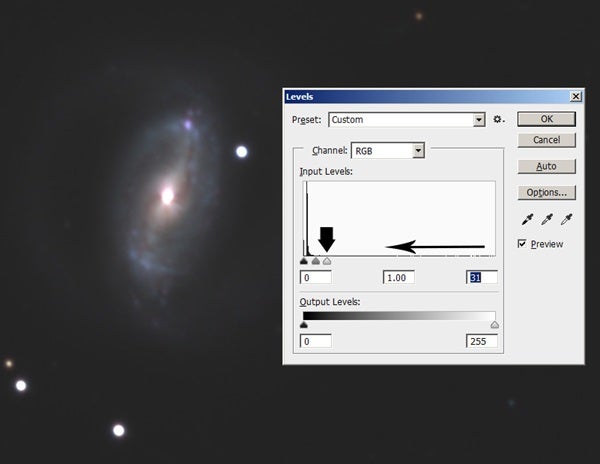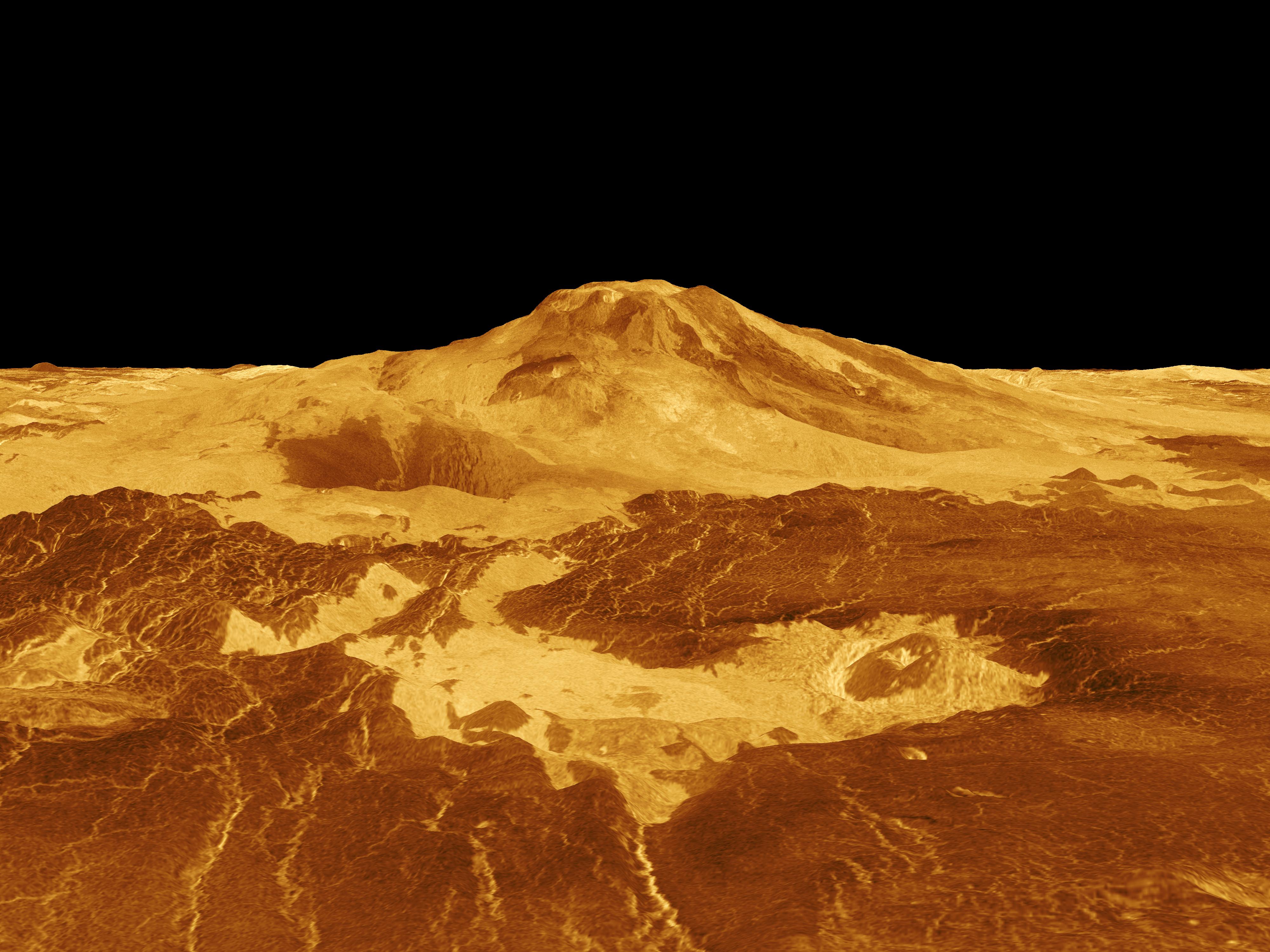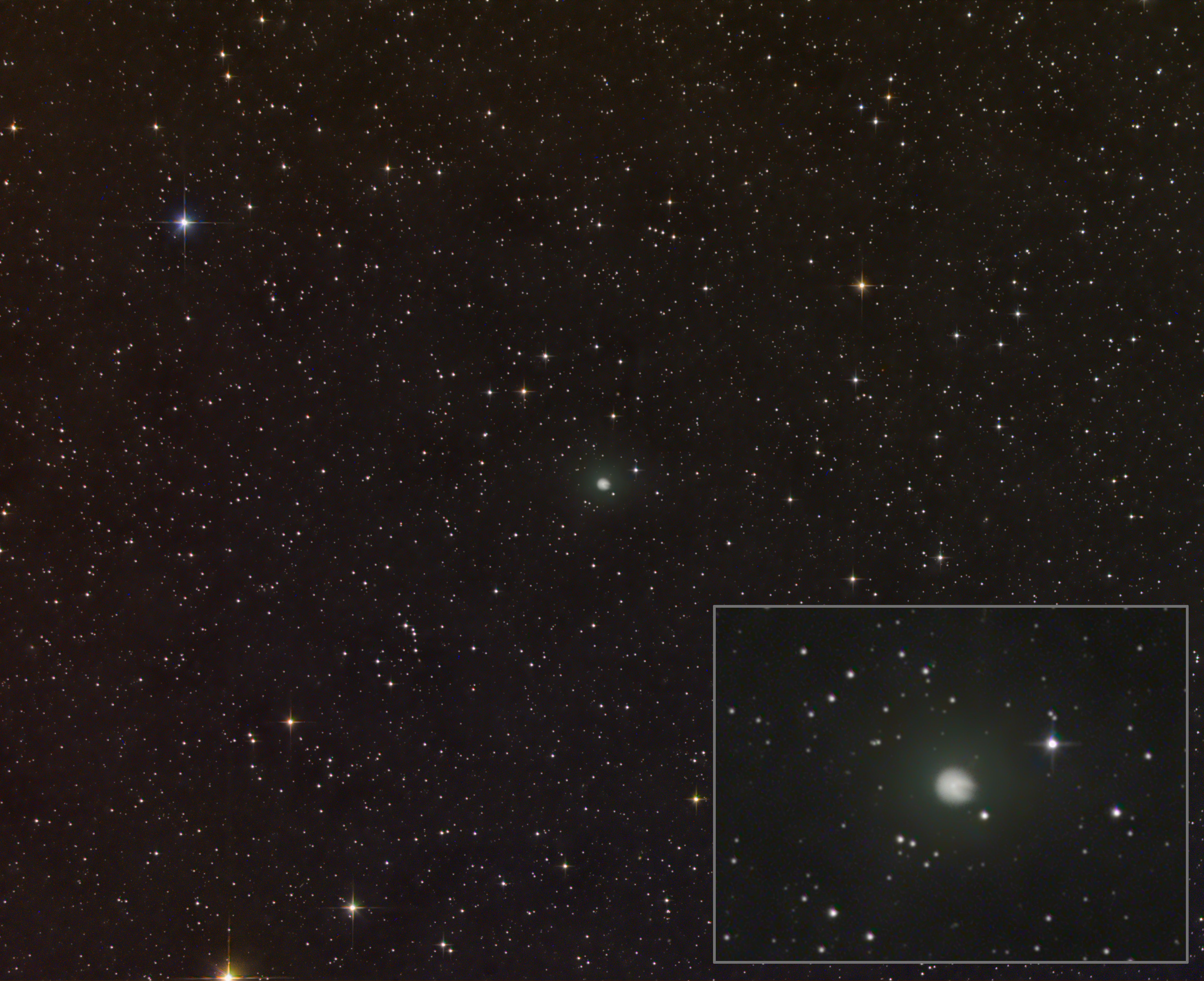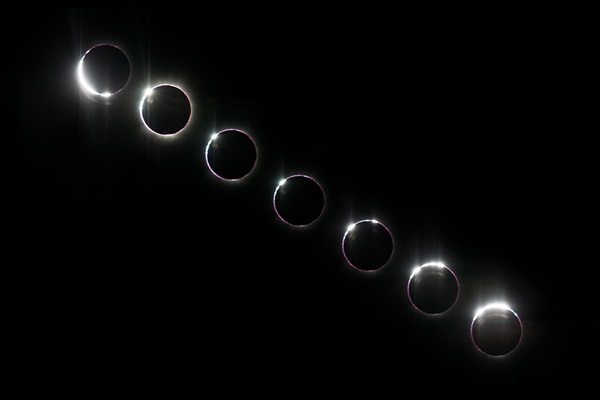“The coolest thing about it was the color,” Bakich blogged on Astronomy.com. “It started as a classic lemon yellow, but the last 10° of its run took on a distinct coppery hue.” Bakich wondered if this was a “true shift in the meteor’s color or if the red and green cone cells in his eyes were fatigued with an overload of yellow.”
When we focus on a color for an extended time or if the source of color is exceedingly bright, our eyes’ color-sensitive cone cells can become desensitized (fatigued), leading to an optical illusion called an afterimage — a lingering pseudo-image of the source but of the opposite color. Because the complement of yellow is blue, the copper color Bakich and his wife saw was not an afterimage.
However, an afterimage projected onto the color that stimulated it can alter the original color — a phenomenon known as successive contrast. As color-theory expert David Briggs of the National Art School in Sydney, Australia, explains, “Successive contrast resulting from adaptation is the actual explanation of the phenomenon sometimes mis-labeled ‘fatigue’ of the eye.”
When a blue afterimage is superimposed on yellow, the yellow turns … copper! Is this the end of the story?
Around 4h UT on August 13, Deborah Carter and I saw a similarly long and bright Perseid fireball from Maun, Botswana — and the meteor was copper colored! The principal difference is that we saw the fireball against the bright blue of dawn, so contrast effects did not affect our cone cells as strongly. That’s why high beams from a car do not overpower the eyes as much in the dawn as they do at night.
Curious, I asked Bakich and Carter to select from the same color chart the shade of copper they saw; I independently did the same. The results, shown here, are amazing. Carter chose a slightly redder shade of copper than Bakich, but that difference disappears when seen against a dark background.
According to the American Meteor Society, “The dominant composition of a meteoroid can play an important part in the observed colors of a fireball, with certain elements displaying signature colors when vaporized.” Iron, one of the most common elements found in meteors, glows yellow to yellow brown, while sodium produces an orange-yellow hue, similar to the colors we observed.
A rip in heaven
One final note: Carter did see an additional afterimage effect. As the meteor moved across the sky, she saw it tear open a rift in the meteor’s wake, as if allowing her to see the darkness of space beyond. The rift was the lingering dark-blue afterimage of the copper meteor streak, which remained visible briefly against the dawn’s light as the fireball moved rapidly across the sky. As always, send your meteor observations and any thoughts to sjomeara31@gmail.com.


